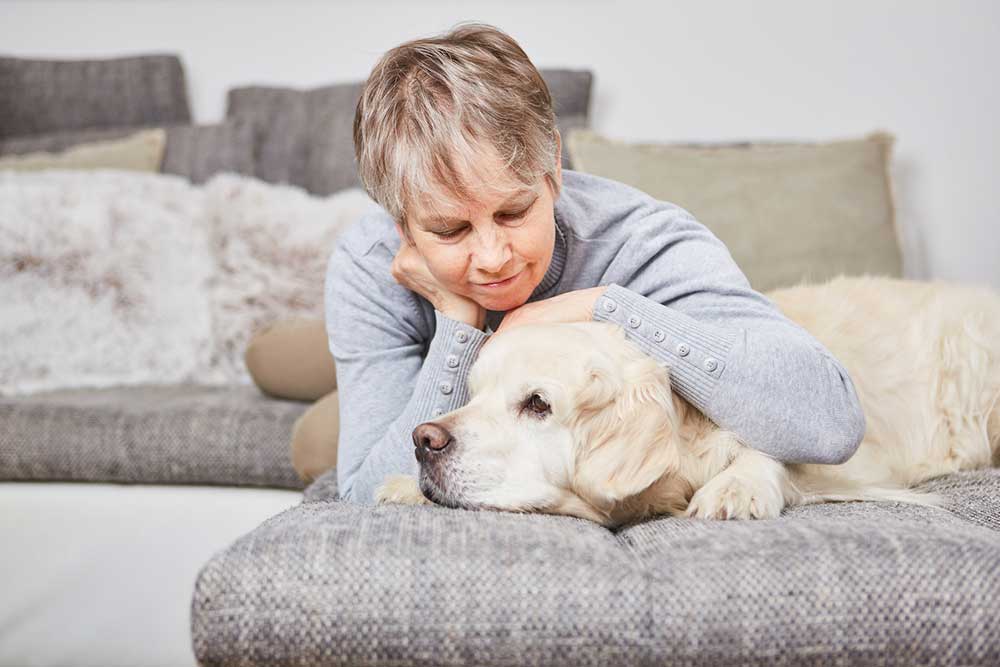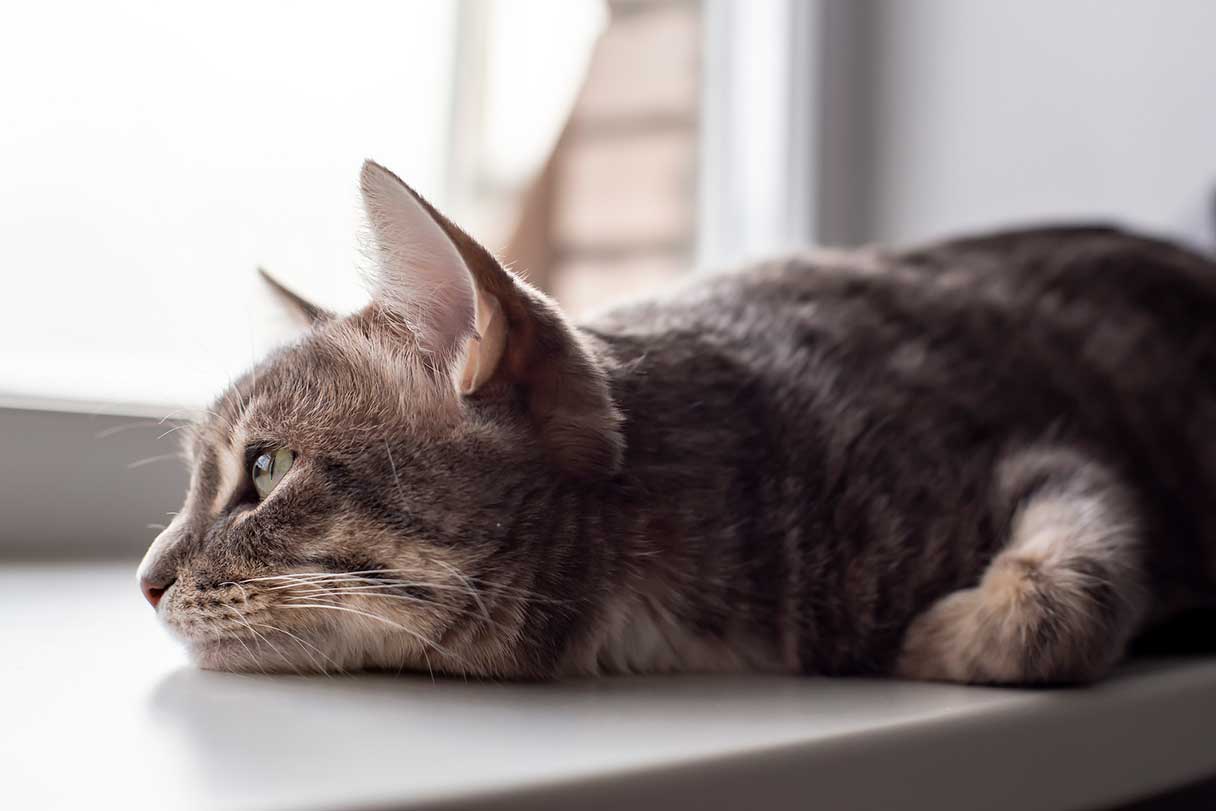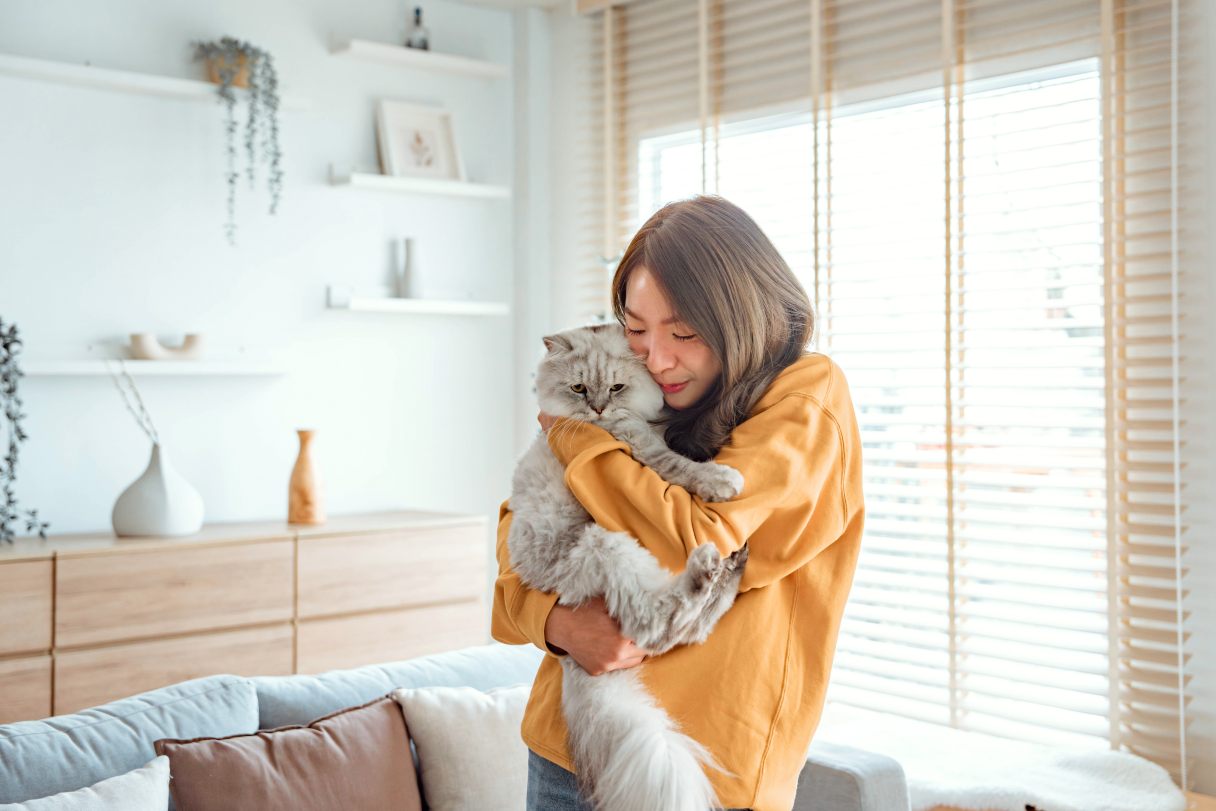
In a perfect world, our pets would always be with us. But in reality, pets live short lives in relation to humans, and sometimes those short lives are cut even shorter by illness. If there's a cat in your life that you love, at some point you'll have to part ways with them as they cross the "Rainbow Bridge," a metaphor for a pet's peaceful passing.
Recognizing some common signs your cat may be dying can empower you to help your kitty through their final stage of life and provide them with a tranquil exit as you prepare your heart to say goodbye.
Signs a Cat Is Dying
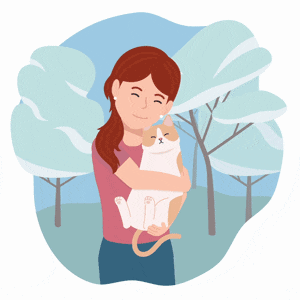
Cats give off both physical and behavioral cues that they're nearing the end of life. Many of these signs, though, could also indicate a treatable illness, so it's important to have your kitty evaluated by a vet if you notice these symptoms, especially in a younger cat.
But if your kitty is advanced in years or has been battling a terminal illness, the following signs might mean it's time to talk to your vet about a plan for pet hospice and providing a peaceful exit through euthanasia.
1. Appetite loss
Loss of appetite is one of the first signs that a cat may be dying.1 However, many treatable conditions can also cause appetite loss, so it's important to see a vet if your cat stops eating.2
When a cat is dying, it's normal for their appetite to slow down and for them to eventually stop eating altogether. This doesn't necessarily mean the end is imminent. Cats can go days without eating and, as long as their other symptoms are managed, may still derive enjoyment from life.2
How you can help: Switching to canned food, warming up your kitty's food, offering smaller meals more frequently or adding unsalted broth to their food might help stimulate their appetite. Your vet might also be able to provide additional ways to feed your kitty or get them to eat.2
2. Weight loss
While appetite loss can lead to weight loss, even a cat who's still eating might experience weight loss as they approach the end of life. Cats lose muscle mass as the body's ability to digest protein decreases, which is a normal part of aging.3 Some illnesses, such as hyperthyroidism, kidney disease and cancer, can also cause rapid weight loss in cats.4
How you can help: Talk to your vet about the possibility of increasing your kitty's calories or putting them on a special diet to help keep their weight up.
3. Decreased energy
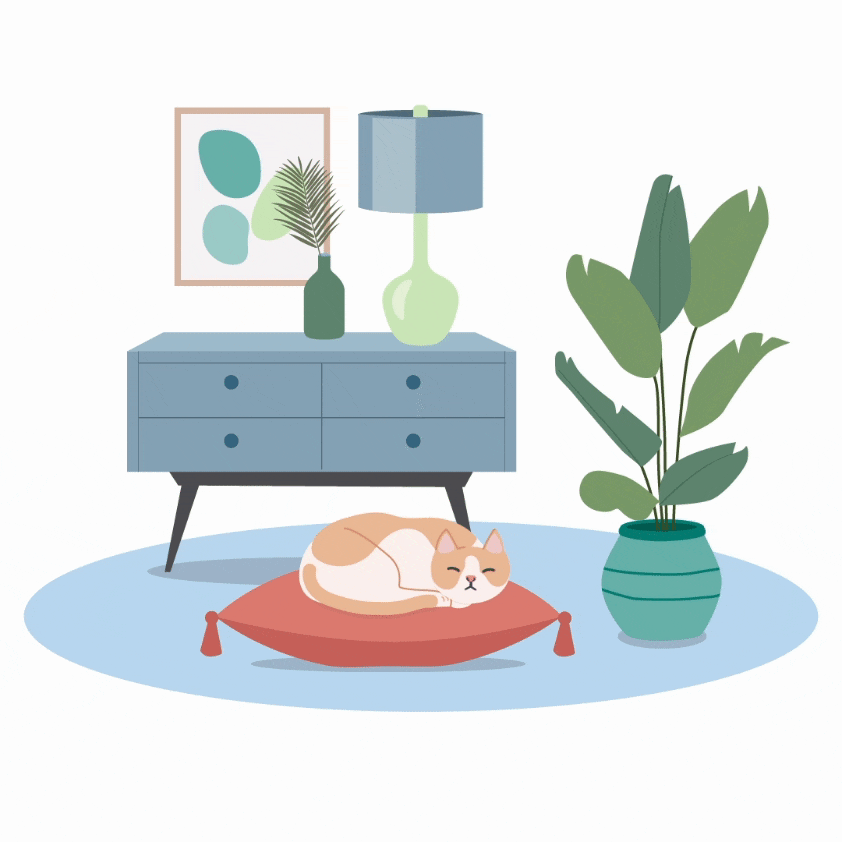
“As your cat's body starts to shut down, you may notice a decline in their energy levels," says Sara Ochoa, doctor of veterinary medicine and cofounder of Howto-pets.com. Pain or weakness can also deplete energy, causing your kitty to choose sleeping over the things they normally enjoy.5
How you can help: It's important to let your kitty rest, says Ochoa. Provide them with plenty of quiet and comfortable places to sleep, and don't wake them unless necessary.
4. Mobility problems
“As their body continues to decline, cats may struggle with mobility and become increasingly weak," Ochoa says. Senior cats (those between the ages of 11 and 14) are also susceptible to osteoarthritis, which can make movement difficult and painful.3
How you can help: Provide a litter box with low sides that's easy to climb in and out of and make it easily accessible, Ochoa advises. Keep your kitty's food and water and their litter box close to their favorite sleeping and resting places so they don't have to go far to reach them. You can also provide ramps or steps to help them more easily access their favorite high places. If your kitty can no longer stand or move on their own, call your vet.
5. Changes in behavior
A dying cat's behavior might change significantly as they approach the end. Although these changes might not be the same for every cat, they might include:
- Irritability. Your kitty might become more prone to hissing, growling or lashing out.5
- Clinginess. Some cats become more loving near the end, and they may want to stick close and follow you around.5
- Hiding. Dying cats might be more prone to hiding for long periods of time, not wanting to come out for meals or things they typically enjoy.5
- Confusion. Senior cats and cats nearing the end of life might develop cognitive dysfunction much like human dementia. They may forget where they are and feel lost in their own home.3
- Increased vocalizing. Confused cats might express their distress through yowling and other loud vocalizations.1
How you can help: Be patient with your cat. When they're clingy, seize your chance to spend time with them and give them all the love and attention they crave, but give them space when they wish to be left alone. Keep track of their hiding places so you can coax them out when it's time to eat, and make sure they receive proper hydration.
6. Poor grooming
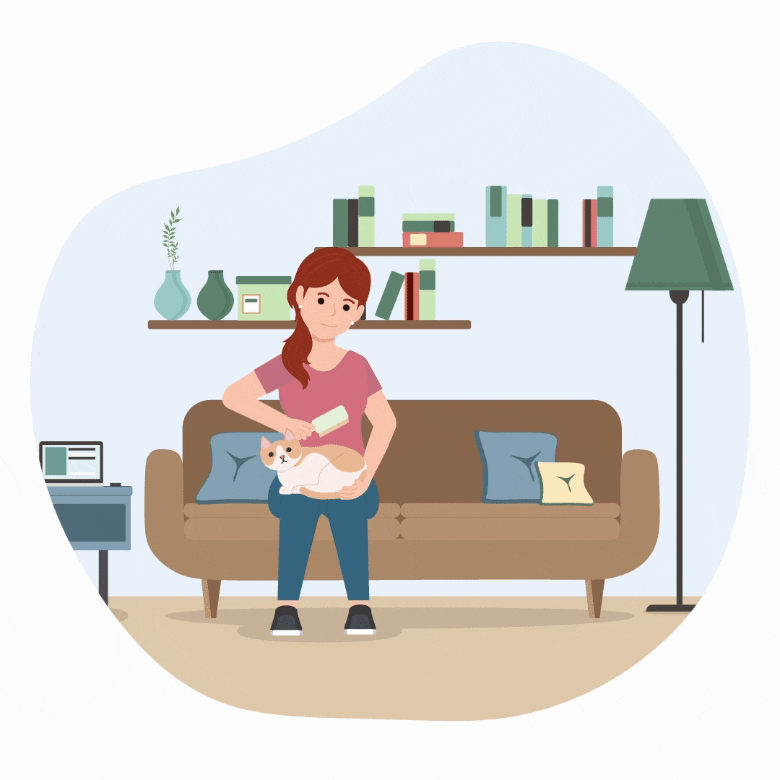
As cats lose energy and no longer feel well, they typically stop cleaning and grooming themselves regularly.5 As a result, their coat may become lackluster and dirty or scruffy, and long-haired cats might develop matted fur.
How you can help: Gently wipe your kitty clean with pet cleaning wipes and brush their coat. Near the end, you might also need to wipe your kitty around the genitals after they relieve themselves.
7. Temperature sensitivity
“Cats develop thinner skin with age, and they may also lose muscle mass, which can make it harder for senior cats to regulate their body temperature," says Danielle Rutherford, doctor of veterinary medicine and associate veterinarian at Westside Veterinary Center in New York. “In these cases, you may observe your cat sitting on the radiator more or seeking out warmer areas in the home."
Poor circulation can also cause the extremities, like paws and noses, to become cold to the touch, Rutherford adds.
How you can help: Provide your kitty with plenty of warm bedding and indoor spots where they can rest in the sunshine during the day without getting overheated. A heating pad can also provide warmth — just be sure to wrap it in a towel or blanket and make sure it doesn't get too hot.
8. Abnormal breathing
“In the final stages of dying, cats may show changes in their breathing patterns, such as shallow or irregular breaths," Ochoa says. They might stop breathing for a few seconds before starting again.
At the end, their breath might have a rattle, known as a death rattle, as the respiratory system shuts down and begins to fill with fluid.6
How you can help: Call your vet about rapid, shallow or labored breathing, which might indicate pain. If you notice that your kitty stops breathing while in a deep sleep, give them a gentle shake to help them start breathing again.
9. Vomiting or diarrhea
Dying cats often develop gastrointestinal (GI) distress that can cause severe vomiting or diarrhea. This can cause dehydration and worsen your kitty's overall health and quality of life.7
How you can help: Call your vet for advice. They may be able to provide treatment for relief. But if the vomiting or diarrhea is chronic and severely impacting your cat's quality of life, it might be time to have a discussion with your vet about putting your kitty to sleep.7
10. Changes in litter box habits
Cats approaching the end of life may experience cognitive confusion that causes them to forget their litter box training.3 Mobility issues can also interfere with their ability to use their box properly.
How you can help: Be gentle with your kitty. Make access to the litter box as easy as possible and don't punish accidents. Do your best to keep them clean and keep their bedding clean and dry. You can also line their bed with puppy training pads, or consider having them wear a diaper.
11. Becoming disinterested
Cats will likely lose interest in the things they normally enjoy as their health declines. They may lose the ability to enjoy eating their favorite foods and engaging in their favorite activities.5
How you can help: On your kitty's good days, spoil them with affection and all their favorite things, but don't try to force engagement if they're not interested or would rather sleep. Continue to pet them and talk to them and let them know you're there for them.
12. Physiological changes
As a cat's body shuts down in the final moments, they go through a number of physiological changes, according to Rutherford. These include:
- Slowed breathing
- Slowed heart rate
- Cold extremities due to a drop in body temperature
- Extreme weakness or immobility
- Pale gums
- Open-mouthed, shallow breathing or gasping due to lack of oxygen
- Darkened urine, or decreased waste production
How you can help: Recognize that your kitty's body is in the process of shutting down. Hold them as you tell them how much you love them and say your goodbyes.
13. More bad days than good days
In the early stages of dying, cats are often still capable of having good days and deriving enjoyment from life. But as their health declines, so does their quality of life. When the good days become few and far between, it's a sign that your kitty is ready to depart.8
How you can help: Keep a journal to track your kitty's good days and bad days. When the bad days outnumber the good, it's time to talk to your vet and your family about the options for helping your kitty pass on peacefully.
Quality of Life Scale for Cats
Veterinarians utilize a quality of life scale to help pet parents evaluate a pet's overall quality of life and determine how close they are to the end. One commonly used scale is the HHHHHMM scale. These letters stand for:9
- Hurt. Is pain being managed well? Is your cat breathing OK on their own? Are they still responding to medications and treatments?
- Hunger. How is your cat's appetite? Are they able to eat on their own, or are you having to force-feed them?
- Hydration. Is your cat staying hydrated? Are they consuming enough fluids on their own, or do you have to force fluids into them?
- Hygiene. Is your cat able to use the litter box? Are they still grooming themselves? If not, are you able to keep them clean?
- Happiness. Does your pet still have the capacity for joy? Do they still engage with you or the world around them?
- Mobility. Can your cat still move around on their own? If not, can you provide them with assistance?
- More good days than bad days. Bad days mean your kitty's quality of life, their ability to derive enjoyment from life and your bond with your pet are seriously impaired by the severity of their symptoms. When the bad days occur more frequently than the good days, this signals the end is near.
This scale allows both vets and pet parents to score their pet in each category. Declining scores can serve as a starting point for discussing options for end-of-life care with your vet.

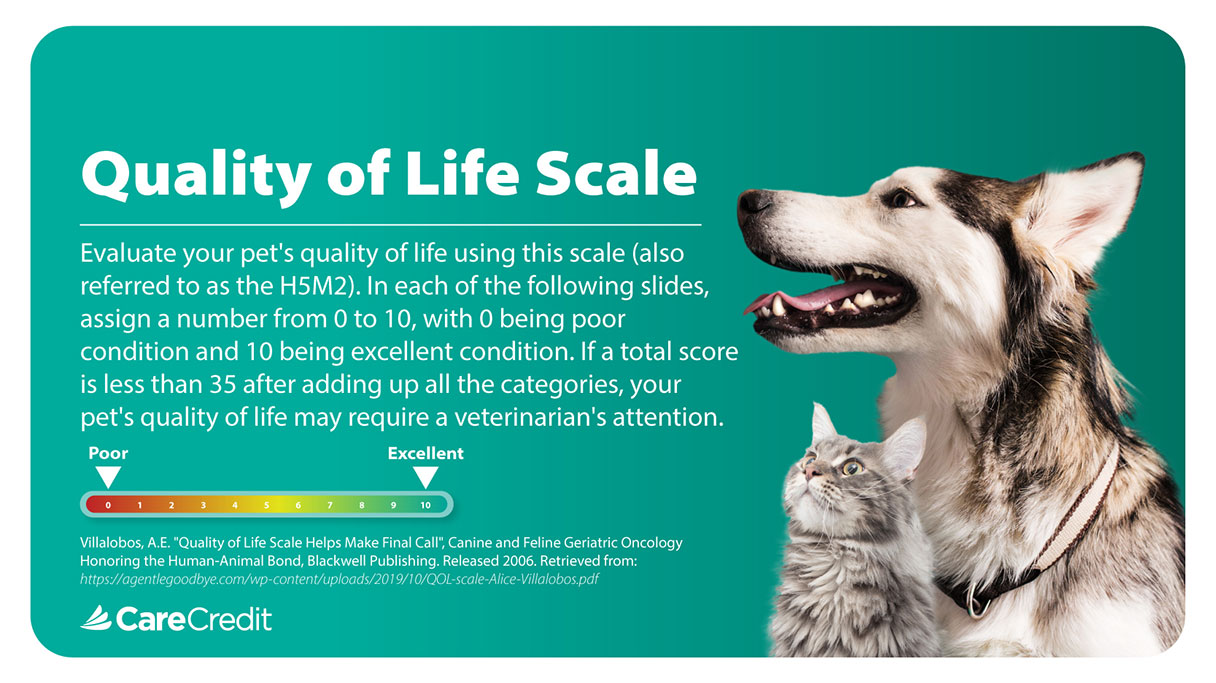

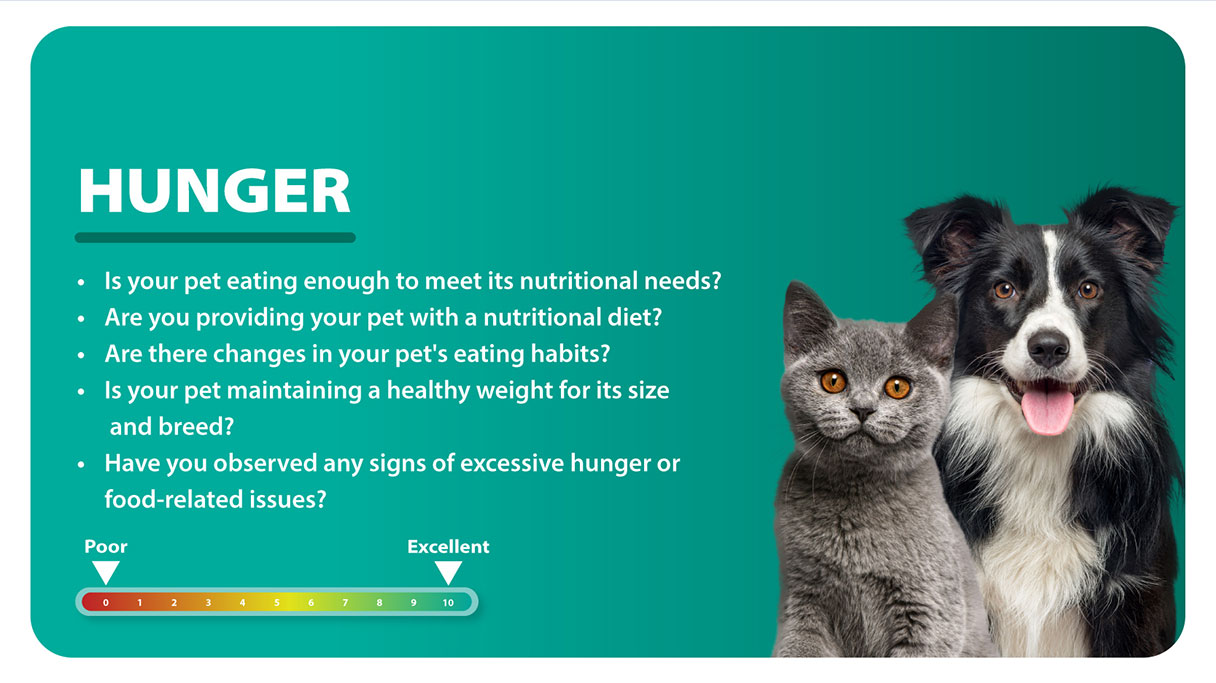
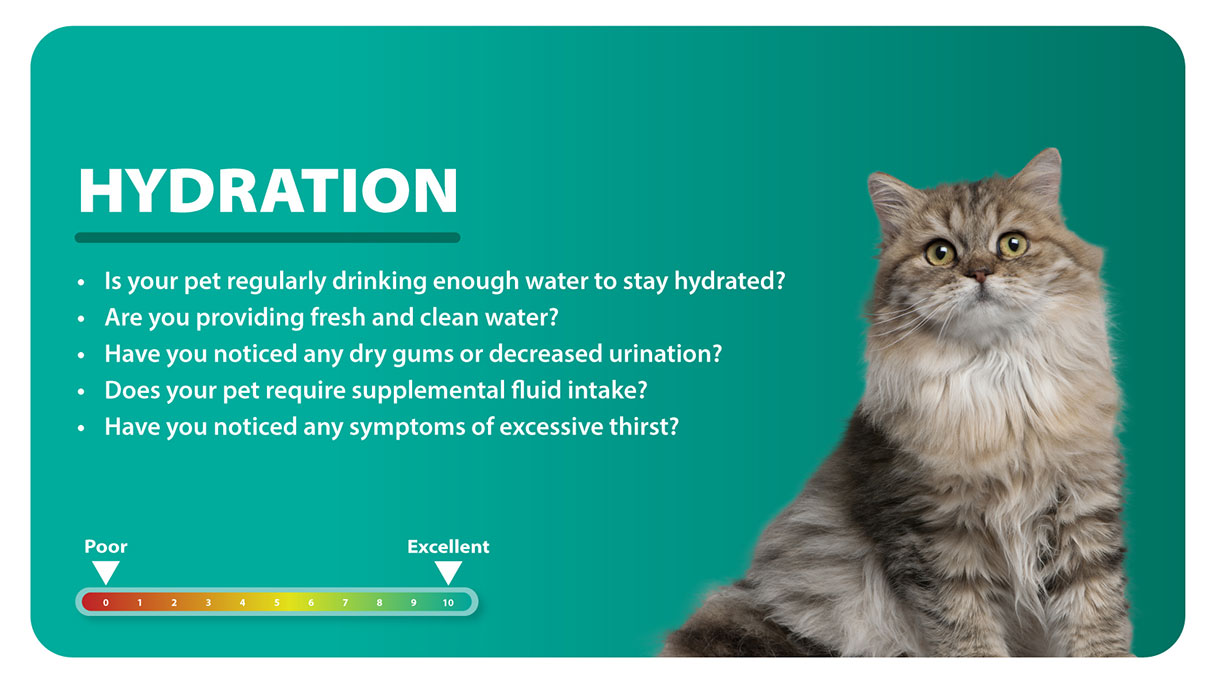
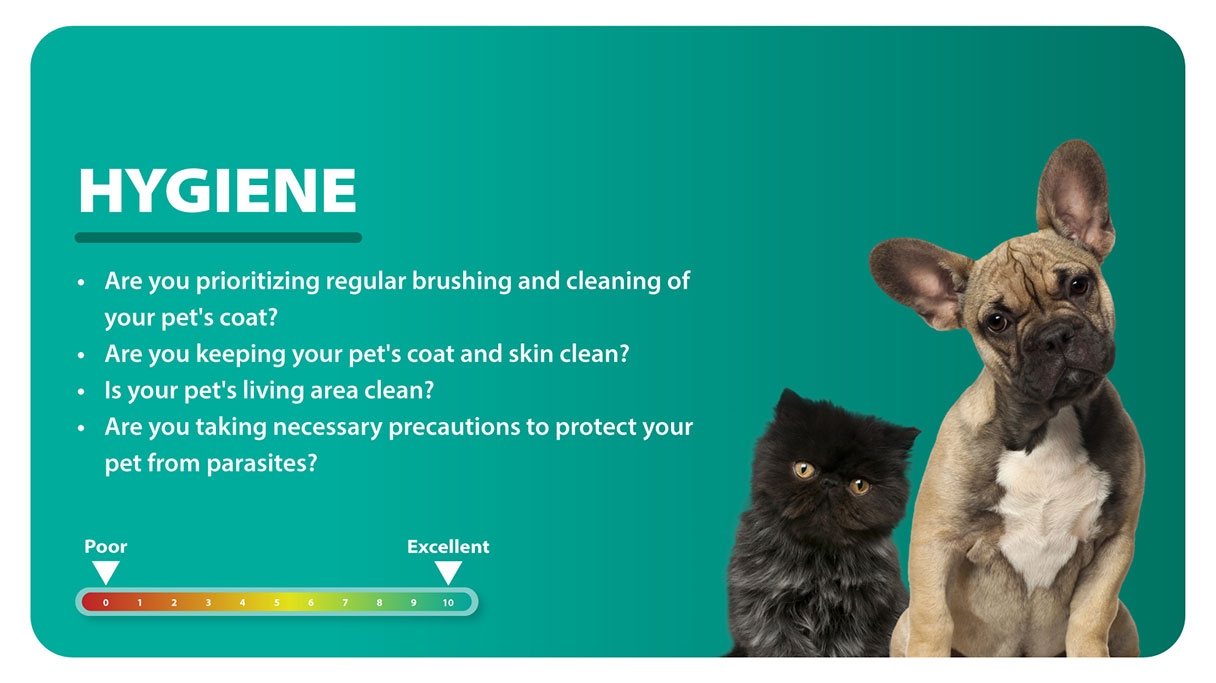
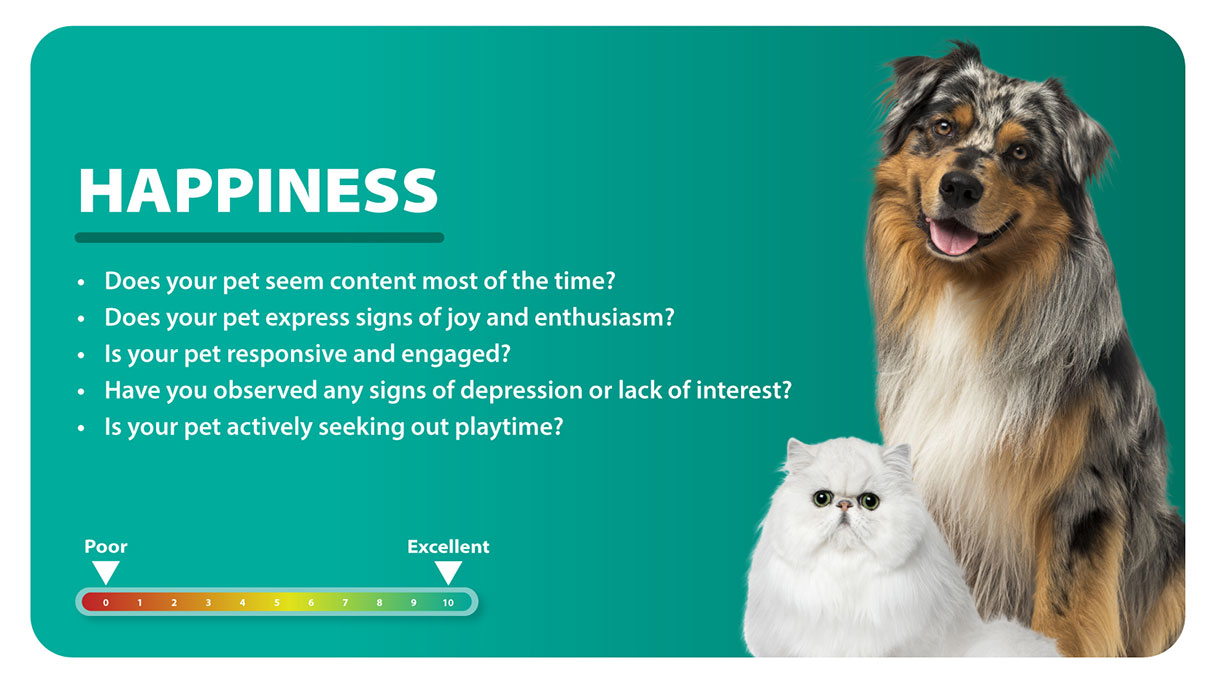
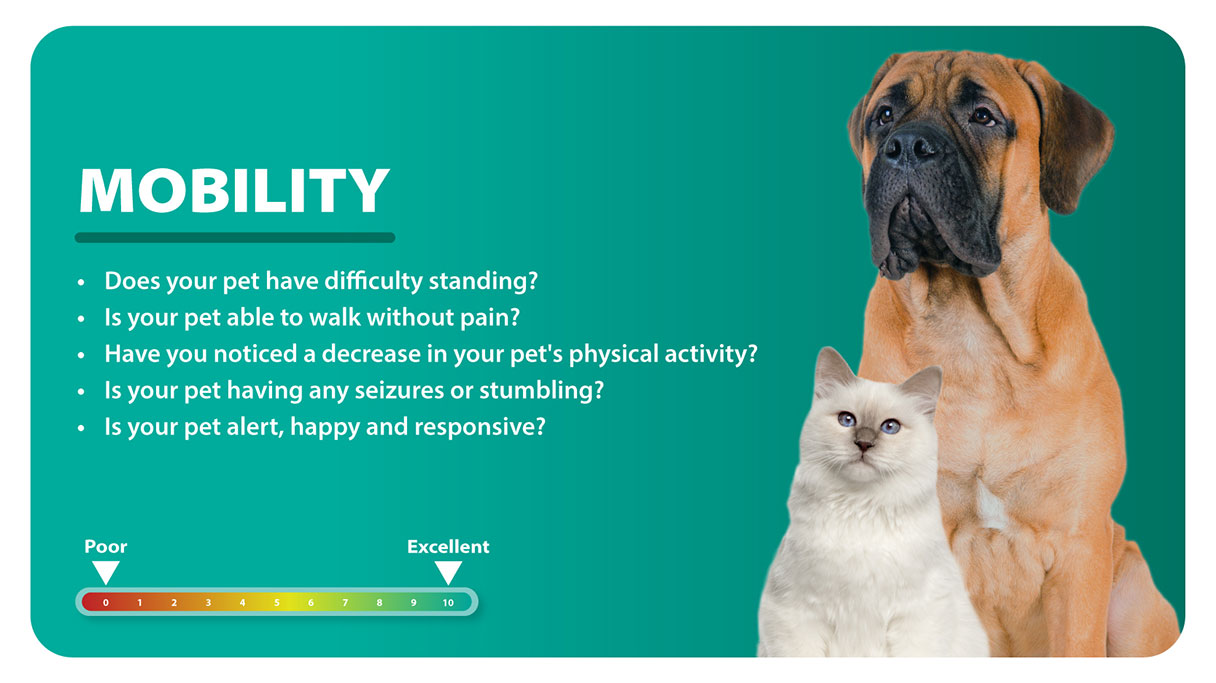

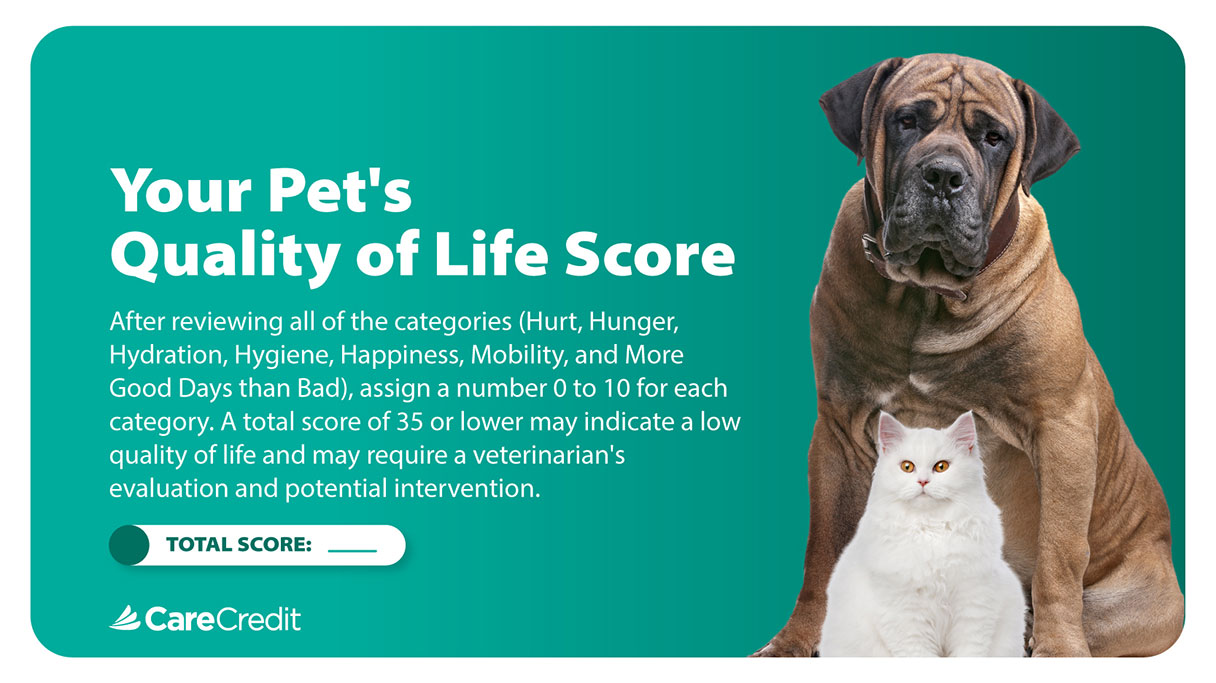









How Long Does It Take for a Cat to Die?
The length and specifics of the dying stages are unique to each individual cat. According to Ochoa, once a cat reaches the final stage of old age or terminal illness, the dying process can take several weeks to a few months. But several factors can influence how long they hang on, including:
- The nature and severity of illness or underlying health conditions
- Treatment and management of symptoms
- The individual cat's resilience
- The supportive care and hospice measures they receive
Average Life Span of Cats
On average, indoor cats have a life expectancy of 12 to 18 years or more, and some well-kept cats live into their 20s.10 Creme Puff, who lived to the ripe old age of 38, holds the Guinness world record for the oldest cat ever.11
Indoor vs. outdoor cats
“Outdoor cats face much greater perils than indoor cats," Rutherford says. “They have a shorter expected life span, an average of 2 to 5 years." Factors that can shorten the life expectancy of outdoor cats, according to Rutherford, include:
- Vehicular trauma
- Parasites
- Malnutrition
- Weather exposure
- Exposure to disease and infection
- Exposure to toxins
- Lack of routine medical treatment
End-of-Life Care: How to Help a Dying Cat
Watching your cat die might make you feel powerless, but you can actually do a lot to comfort them and help ease their passing. End-of-life care, also known as hospice or palliative care, focuses on managing symptoms, increasing comfort and maximizing quality of life for as long as possible.12
Palliative and hospice care might include:12
- Managing pain and symptoms with medications and other therapies
- Supporting nutrition and hydration
- Providing comfort
- Offering emotional support
Above all, be ready to let your kitty go when they can no longer enjoy life. Discuss your options with your vet and your family, and have a plan in place for when it's time to say goodbye. If you're concerned about the stress involved in one last car ride to the vet, see if in-home euthanasia services are available in your area or check with Lap of Love.
Preparing to Say Goodbye to Your Cat
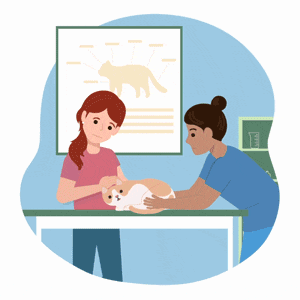
If you suspect your cat may be in the early stages of dying, it's important to have them examined by a vet. Their symptoms may be caused by an illness that's treatable or at least manageable. But once it's clear to both you and your vet that your kitty is getting ready to depart, there are things you can do to both ease their passing and prepare your heart to say goodbye.
Knowing what to expect
When you know your pet is dying, you'll likely experience anticipatory grief as you think about losing them. Besides sadness, this might include feelings of anxiety and guilt, as well as frustration and anger at the situation. One way to ease anticipatory grief is to be proactive about understanding what to expect and to make a plan for your kitty's last days, as well as aftercare.13
Here are some questions you can ask yourself, and also discuss with your vet and your family, that will help you through the difficult decisions ahead:13
- Do you understand the process of pet euthanasia and how it differs from a natural death?
- How do you feel about putting your cat to sleep?
- Will you or another family member stay with your cat during the procedure?
- Will you have it done at the clinic or at home?
- How will the procedure be performed?
- If your vet does the procedure, will they also handle aftercare? If not, what are your options?
- Will you have your cat buried or cremated? If the latter, will you be able to keep the ashes? If so, what will you do with them?
List out any other questions or concerns you have for your vet that will help you have peace about your decisions.
Making the most of your cat's final days
As your cat's health declines, make the most of the windows of opportunity when they feel well enough to engage with you and enjoy life. Here are some ways you can make new memories and bring some joy to your cat's remaining days:
- If they can eat, feed them their favorite foods.
- Take time to nap with them in their favorite sleeping spot.
- If the weather permits it, spend time with them outside in the sunshine, letting them explore on leash or nap in the sun.
- On their good days, engage them with their favorite toys or activities.
- If there are any “bucket list" experiences you want to have with your cat, make time to do them while you still can.
- Memorialize them by taking an imprint of their paws in ink or clay.
- Take lots of pictures and videos. You may not be able to bring yourself to watch them right away after your kitty passes on, but one day you'll be glad you have them.
Managing Your Grief When Your Cat Dies
All the preparation in the world won't erase the heartache you'll feel after your kitty is gone. Give yourself time and space to grieve your loss, and don't rush the process or downplay your grief. Pets are family members, and your grief and sadness are legitimate.
Here are some things you can do to help cope with your loss:
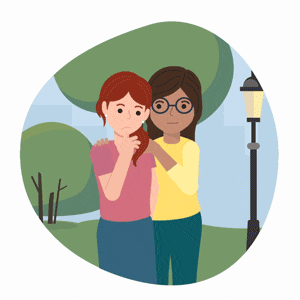
- Gather with people who knew and loved your kitty to talk about their life and loss.
- Print out all those photos you took and compile them into an album.
- Turn their paw imprint into a holiday ornament or have it framed.
- Create an online memorial for your kitty.
- Keep a journal to write down how you feel from day to day.
- Seek out emotional support — either a friend you can talk to honestly or a pet loss support group.
- Remember that your grief is valid, and you're not alone.
Lap of Love can connect you with support groups, grief counseling and other resources to help you cope with the loss of your cat.
Saying Farewell to Your Beloved Pet
Losing a beloved companion is heartbreaking, but sadly, it's also inevitable. Knowing the signs your cat is dying will make it possible for you to provide your kitty with the best care during their final days, including providing them with a peaceful passing. It will also allow you to make the most of your cat's last days so you can say goodbye and give yourself some peace.
The CareCredit Credit Card Is Here to Help
Saying goodbye to your beloved pet can be one of the hardest things we do, but the CareCredit credit card can be there for you when you need it most.* Whether it's your first veterinary visit or your last, CareCredit is here to help you manage the costs of your pet's care. Find a veterinarian near you that accepts CareCredit and download the CareCredit Mobile App today to manage your account, find a provider on the go and easily access the Well U blog for more helpful articles, podcasts and videos.
In addition to pet care, you can also use your CareCredit credit card for dentistry, cosmetic, vision, hearing, health systems, dermatology, pharmacy purchases, spa treatments and so much more within the CareCredit network. How will you invest in your health and wellness next?
Author Bio
Jean Marie Bauhaus is a freelance writer and novelist who has been writing pet content since 2013. Her work has appeared on Forbes.com, Hill's Pet, Chewy, AKC.org and more.




